Leftover pickle juice keeps this football team running
San Antonio Express News | By Maggie Gordon STAFF WRITER
You get a lot of phone calls at a deli — “A ham and rye to go, please.” “A Caesar salad, dressing on the side.” After a while, they all run together. Except the person who calls every few weeks requesting leftover pickle juice.
That sticks out. Even at Kenny & Ziggy’s in Houston, where a constant rush of customers keeps the pace bustling all 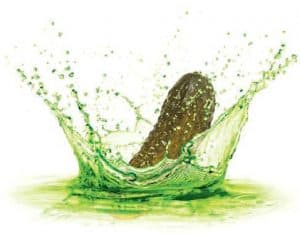 day.
day.
It started a few years ago, says Ziggy Gruber, the “third-generation deli man” who co-owns the hot spot with Kenny Friedman.
One of the counter workers approached Gruber to tell him he’d received a strange request: Someone at Lamar High School wanted a few quarts of pickle juice.
“Can we give them that?”
Gruber thought for a moment. Each week, the deli goes through 60 5-gallon kegs of pickles. That’s about enough to fill your bathtub four times. So there’s plenty of leftovers, and since no one actually takes a bath in a tub full of pickle juice, it just gets thrown away.
“What do they want it for?” Gruber asked.
“Cramps.”
“Cramps?”
“Cramps for the football players.”
‘What’s your secret?’
The idea came to Chad Scholz nearly two decades ago while watching the Philadelphia Eagles destroy his favorite team, the Dallas Cowboys, 41-14, during what went down on record as one of the hottest NFL games ever played. It was 109 at Texas Stadium on Sept. 3, 2000, and newspaper reports say the temperature on the turf reached 130 degrees. The Cowboys couldn’t hold a candle to the Eagles in the heat. By the end of the game, they were all gassed out. “Sucking air,” as Scholz puts it. Philly? They were fine.
“Everybody starts asking, ‘What’s your secret? How are you not cramping up?’ ” Scholz remembers.
Philadelphia’s answer was simple: pickle juice.
Pickles are high in potassium and sodium, two things the body loses through sweat. According to the Eagles, a cup of pickle juice can help all this back into the bloodstream. Scholz, who is an assistant coach and special teams coordinator for the Lamar High School football team, figured it was worth a try for his team.
He called up the heaviest hitter in Houston’s pickle landscape in hopes he could score some of this green gold. Could the deli spare a few quarts every so often?
Is there a science behind it?
“Give it to them,” Gruber instructed his employee. “Give them whatever they want. Help out the kids. Help out the school.”
It’s been years since this first request, and Scholz still keeps Gatorade-like sports bottles filled with pickle juice on the sideline during games. If a player cramps up, he takes a long, 6-ounce slug, waits a few minutes for the relief to set in, then returns to the field. At Lamar, it’s as normal as wearing lucky socks on game day.
“Kids will do almost anything to get on the field,” says Scholz. “There’s no funny faces, and I’ve never had anyone turn it down. It’s almost like a medicine — and whether you like a medicine or not, if it’s going to fix you, you’re going to take it.”
And it fixes them, he insists.
“There’s science behind it,” says Scholz.
But not good science.
“There are a couple of studies, but the science is not very strong. Especially when looking at muscle cramps,” says Mindy Patterson, assistant professor of nutrition at Texas Woman’s University in Houston, who sifted through a slew of pickle-juice studies found scant evidence that it can alleviate cramps.
“The thought is that it’s related to dehydration. So when you’re dehydrated, you’re sweating, and losing a lot of electrolytes, sodium, potassium and magnesium through your sweat,” says Patterson. “So they think that when you sweat excessively, you can potentially develop muscle cramps, because electrolytes are involved in muscle contraction. And when they’re removed from the body, the muscles will clam up and that will become a cramp.”
So ingesting pickles juice is hypothesized to combat that dehydration. But how can you test for this?
“It’s hard to study muscle cramping,” she explains. “One study brought male subjects into a lab, and put them in sweatpants and had them exercise on a bike.”
Each was told to drink pickle juice. Scientists measured two things: the level of electrolytes in the blood and the presence of cramps. Electrolyte levels were the same after drinking the juice, which Patterson says indicates the pickle juice ingredients don’t actually make their way into the bloodstream and therefore wouldn’t travel to muscles to fight cramps.
And while the fact that none of the subjects developed cramps may look like a confirmation that the pickle juice was working, it’s really not, says Patterson.
“You can’t control this experiment,” she says. Some people don’t get cramps. Some people get cramps from one exercise, but not another. It’s hard to predict whether these subjects should have reasonably been expected to have cramps.
Her theory?
“It’s marketing, not science.”

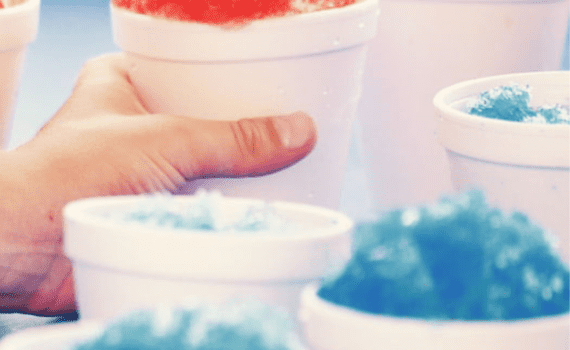

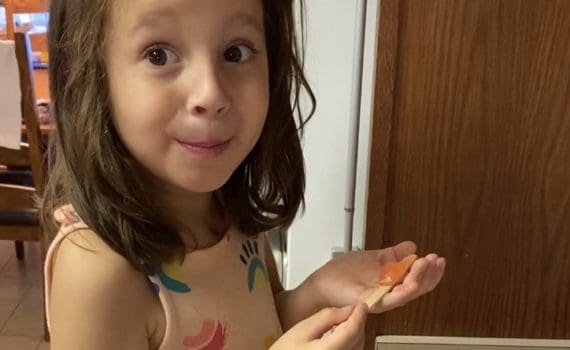

 Son Beverage Company, a San Antonio family owned business, was
Son Beverage Company, a San Antonio family owned business, was
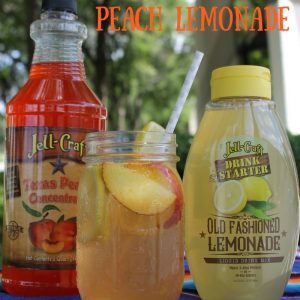
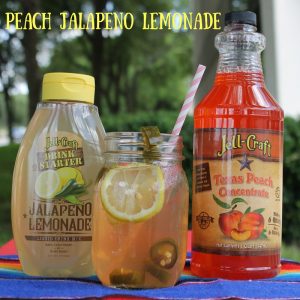


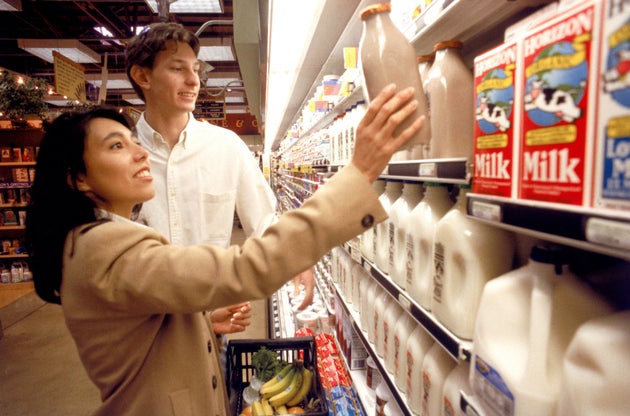 Here is a fresh idea.
Here is a fresh idea.